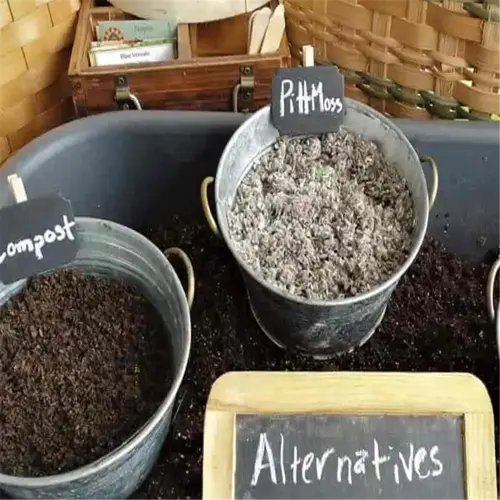Which bulbs reliably return annually when planted in fall?

Written by
Michael Sullivan
Reviewed by
Prof. Samuel Fitzgerald, Ph.D.At the highest point on our list of low-maintenance bulbs that return year after year, we have daffodils and alliums. I have seen countless client's gardens thrive for years and years because of these heavy hitters. Tulips usually cause problems as repeat performers but you can select for species types such as Tulipa clusiana. They are wild and genetically inclined to resist rots and pests.
Northern Zones (3-6)
- Camassia leichtlinii: Tolerates wet springs
- Siberian Squill: Spreads rapidly in partial shade
- Winter Aconite: Blooms through snow
- Hybrid Daffodils: 'Ice Follies' withstands -30°F
Midwest Zones (5-7)
- Allium 'Millennium': Drought-resistant pollinator magnet
- Checkered Lily: Thrives in clay soils
- Spanish Bluebells: Naturalizes under trees
- Snowdrops: First blooms as frost lifts
Southern Zones (8-10)
- Rain Lily: Explodes after summer storms
- Lycoris radiata: Heat-loving surprise lily
- Crinum: Blooms for decades untended
- Native Bluebells: Self-sows in woodlands
Soil pH has an important impact on sustainability. For narcissus to naturalize, they must have a 6.0 - 7.0 pH requirement. I test the soil in the beds annually and apply lime as needed. A client in Vermont had daffodils that had bloomed for 12 years before they completely stopped. The soil tested at a low 5.4 pH. After applying two pounds of lime per ten square feet, the daffodils bloomed again the following season.
Planting Patterns
- Toss bulbs and plant where they land
- Cluster 5-7 bulbs per group
- Underplant with creeping phlox
- Avoid straight rows for wild appeal
Post-Bloom Care
- Leave foliage until yellow
- Apply low-nitrogen fertilizer
- Deadhead spent flowers
- Divide every 4-5 years
Rodents tend to steer clear of Fritillaria meleagris. Its peculiar checkered leaf pattern camouflages the blooms and deters most pests. One Maine gardener even replaced her eaten tulips with some snake's head fritillaries. Five years later, her little meadow, populated by all sorts of wildflowers and will, was full of fritillaries. They've seeded in the lawn and are popping up where the mowers have missed.
Read the full article: 7 Essential Tips to Plant Bulbs This Fall

